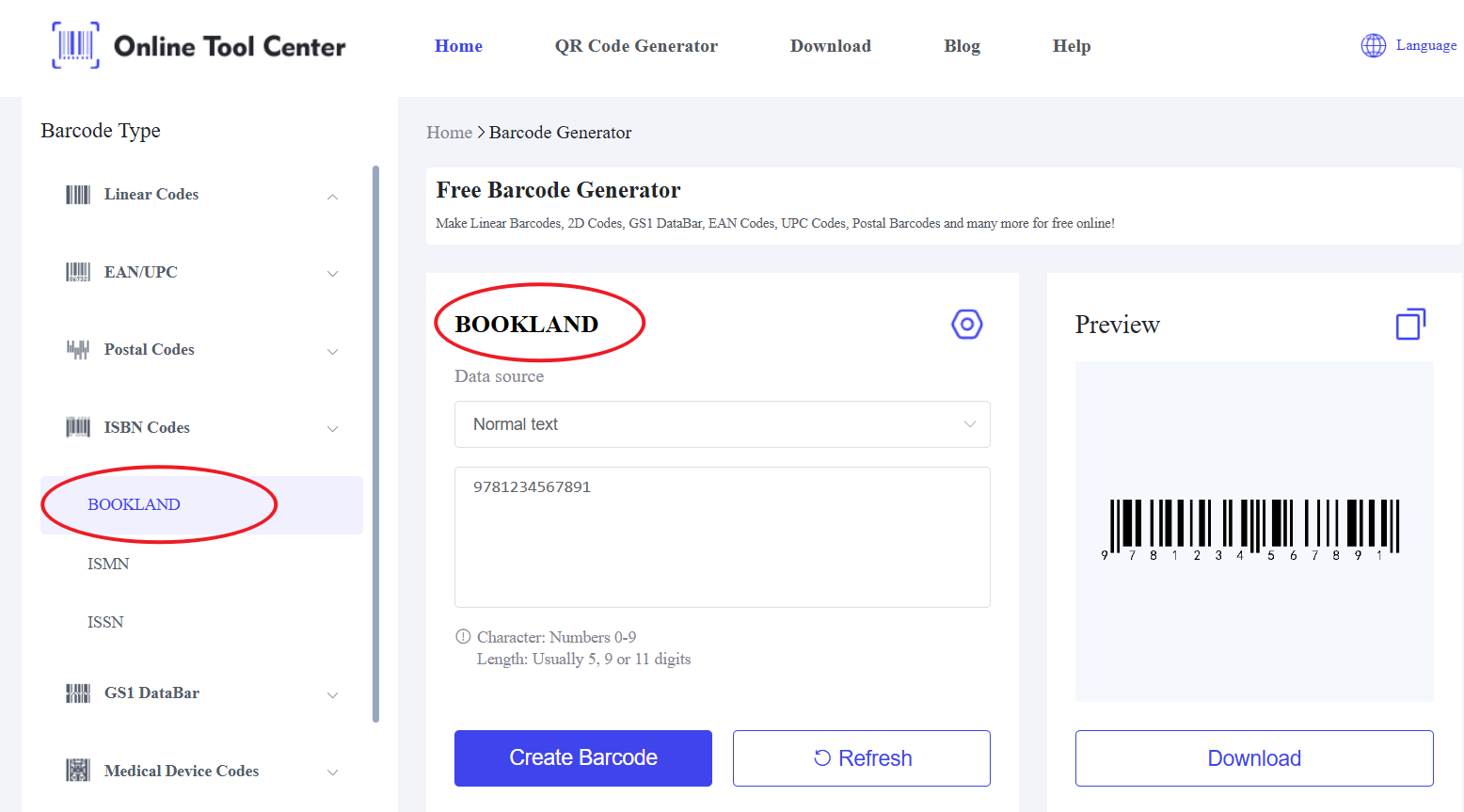Barcodes play an essential role in identifying and tracking products, but not all barcodes are created equal. Two of the most commonly confused types are ISBN barcodes and UPCs.
Although they may look similar, they serve distinct purposes and are used in different industries.
In this article, we'll summarize their differences in an easy-to-read table, and explain how to generate an ISBN barcode online.
How ISBN Barcodes Work?
An ISBN barcode is specifically designed for books, eBooks, and related publications. It is based on the International Standard Book Number (ISBN), a 13-digit unique identifier assigned to books for cataloging and sales purposes.
The ISBN barcode adheres to the EAN-13 standard and may include a 5-digit add-on to encode additional information such as price.
Its primary role is to facilitate the global distribution, sale, and cataloging of books across bookstores, libraries, and online platforms.
For authors and publishers, having an ISBN barcode is non-negotiable for making a book retail-ready.

What Is a UPC Barcode?
The Universal Product Code (UPC) is a more general barcode format used to identify retail products of all kinds, from electronics to groceries. Unlike the ISBN barcode, a UPC is not limited to books or publications.
A UPC-A consists of 12 digits and is widely used across industries for inventory tracking, sales recording, and product identification. Its universal application makes it an indispensable tool for retailers.
Key Differences Between ISBN Barcode and UPC
Aspect | ISBN Barcode | UPC Barcode |
Purpose | Used exclusively for books and publications. | Used for all types of retail products. |
Structure | EAN-13 standard with an optional 5-digit add-on. | 12-digit numeric code. |
Industry Usage | Publishers, authors, bookstores, and libraries. | Retailers across all industries. |
Price Encoding | Often includes price information in the add-on code. | Does not encode price data. |
Global Recognition | Essential for books’ global distribution and sales. | Recognized universally for retail. |
When Might You Need Both?
In most scenarios, an ISBN barcode is sufficient for books. However, there are exceptions.
For example, if you're selling bundled book sets or book-related merchandise in large retail stores, you may need both an ISBN barcode and a UPC.
It's always a good idea to consult with your distributor or retailer to determine the specific barcode requirements for your product.
How to Generate an ISBN Barcode?
Creating an ISBN barcode is easier than you might think. The ISBN barcode generator offered by our website allows you to generate compliant ISBN barcodes quickly and effortlessly. With just a few clicks, you can ensure your book is ready for global distribution.

Why ISBN Barcodes Are Essential
Without an ISBN barcode, your book cousld face difficulties in being cataloged, sold, or distributed. ISBN barcodes are a universal identifier for books, bridging the gap between publishers, distributors, and retailers.
So, is an ISBN barcode the same as a UPC?
The answer is no. While both are essential for product identification, they are designed for entirely different purposes.
ISBN barcodes cater specifically to books, while UPCs are versatile tools for a wide array of retail products.
Ready to take the next step? Use our ISBN barcode generator to create a free barcode and make your book retail-ready today.




